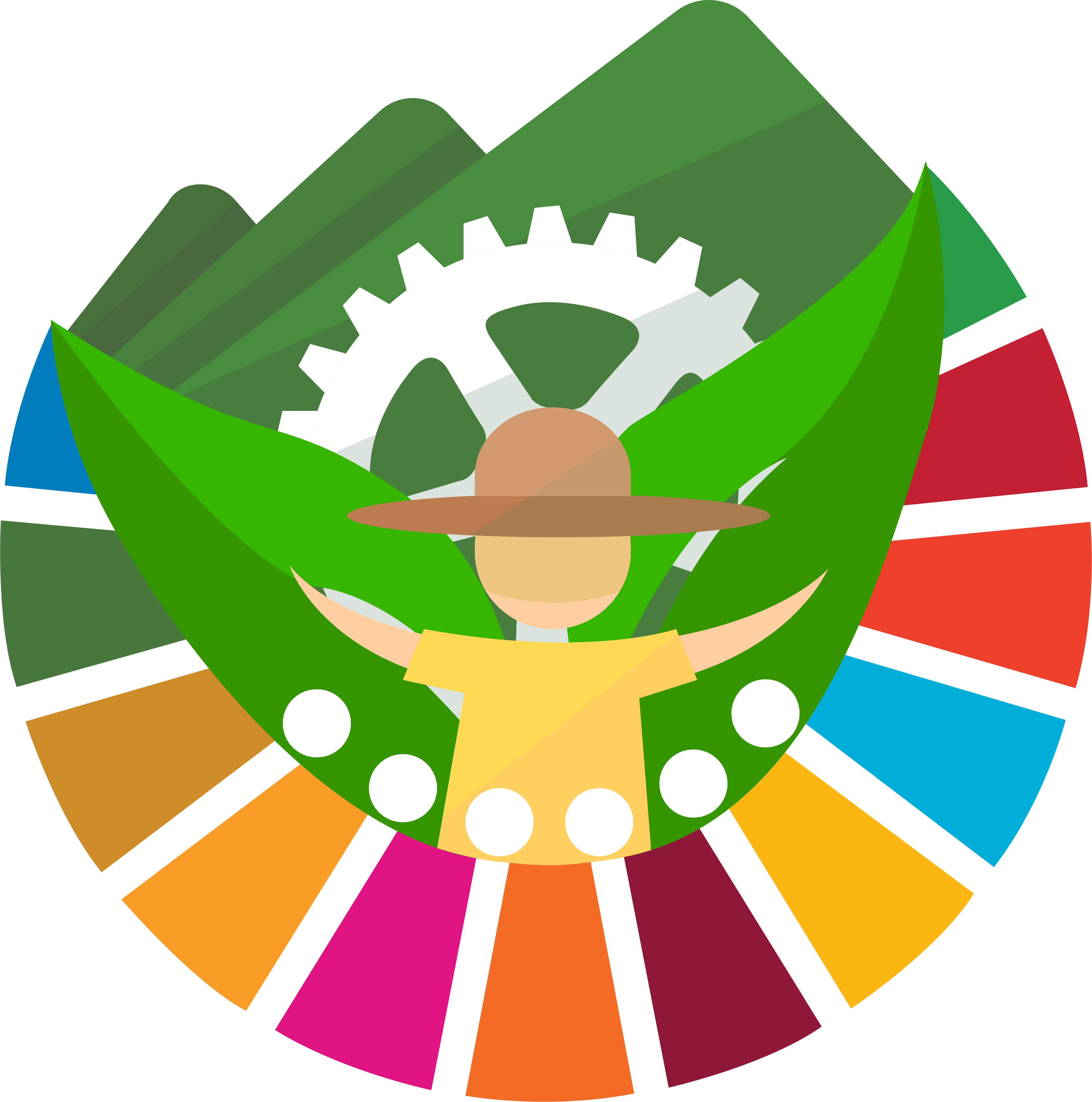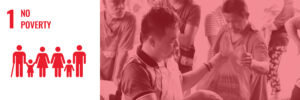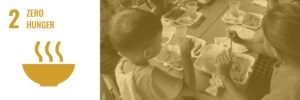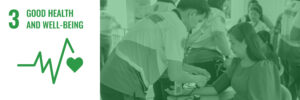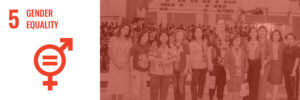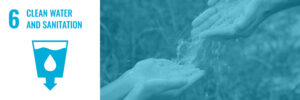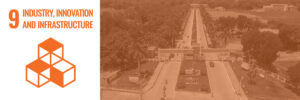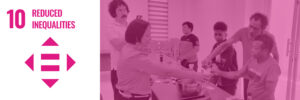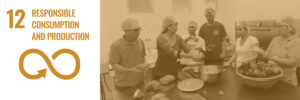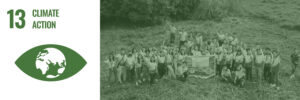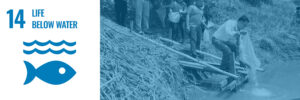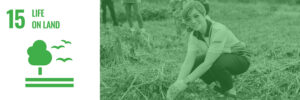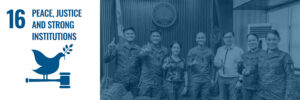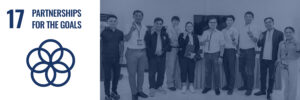2023 – Research | SDG 15 – Life on Land
Technical Research Category
Acclimatization of In Vitro Propagated Turmeric (Curcuma longa Linn.) in a Hydroponic System
Proponent: Florenda B. Temanel
Abstract
The increasing demand for disease-free, high-quality planting materials of Curcuma longa Linn. in the Philippines has led to evaluating tissue culture-based micropropagation as an alternative to traditional, time-consuming propagation methods. This study investigates the feasibility of using a Simple Nutrient Addition Program (SNAP) hydroponics system for acclimatizing in vitro propagated turmeric plantlets, comparing its efficacy with traditional soil media. The hydroponic system positively influenced the growth performance of turmeric plantlets, exhibiting improved characteristics in terms of stem length, stem girth. number of leaves, leaf area shoot fresh weight. root length. and root fresh weight at both 30 and 60 days after planting (DAP). While the survival rate did not differ significantly between the hydroponics system and soil media, both achieved a 100% survival rate. The SNAP hydroponics system positively influenced the growth performance of turmeric plantlets. Despite the similar survival rates with soil media, the hydroponics system significantly improved various growth parameters. This suggests the potential for hydroponics to be a valuable and efficient method for optimizing turmeric plantlet development. Further investigation and implementation of hydroponic systems for turmeric cultivation is recommended, focusing on optimizing hydroponic conditions, nutrient formulations, and system designs tailored to turmeric requirements. Cost-benefit analyses and comparisons of resource efficiency with traditional methods may also be conducted to provide insights for practical implementation.
Extension
WEED BENEFITS – THE UTILIZATION OF GRASSES, SEDGES, AND BROADLEAVES AS SOURCE OF LIVELIHOOD
Proponents: Eloi Theresa A. Romero, Evelyn B. Cristobal, Jackson Ramos
Grasses, sedges, and broadleaves are considered weeds. These are plants whose undesirable features outweigh their desirable characteristics. They are known as pest in the agricultural fields that interfere with crop growth and development through competition and allelopathy. However, since weeds are plants, they have characteristics that can be beneficial to the ecosystem and to man in daily life including as a source of livelihood. One of the potential livelihoods from the use of weeds is through preserving weeds and using it for letter cards, bookmarks, and other handicrafts such as invitation cards bouquet of dried weeds for weddings, birthdays, valentines’ day, and Christmas gift cards.
Youth at Women and Children Protection Center and Lingap Center were the beneficiaries of these projects by teaching them about weed preservation and used it in making valuable products as a source of income. As feedback, the project served as emotional outlet for the youths from Women and Children Protection Center, skills in arts and craftsmanship were discovered and enhanced, learned that weeds can be a source of income, and the skills taught by the project helped each participant become entrepreneurs while staying in the centers and/or leaving the centers to start a new life.
WINGS OF CHANGE: BOOSTING PRODUCTIVITY THROUGH POULTRY PRODUCTION
Proponent: Lilibeth S. Languido
The Isabela State University San Mariano Campus has been well known in terms of Agricultural production from crops to livestock production since 1978. Poultry production is one of the focusses of the institution since the commodity is considered as one of the quickest productions that gives return/ income and requires less capital and labor. In 2021, the campus is one of the lucky recipients of the Poultry Multiplier Farm worth Five Million (5,000,000.00) under the Bayanihan II program of the Department of Agriculture Regional Field Office 02, which aims to alleviate the effect of the Covid-19 pandemic on the affected constituents (Displaced workers) of the community. The University was given the task to produce quality breeders (Rooster and Hen) and chicks, that were dispersed to qualified recipients for upgrading purposes. A repayment scheme was also implemented in which farmers were obliged to repay 20 chicks one year after the receipt of the animals to ensure the continuity of the project. At present a total of eight hundred ninety-six (896) heads have been dispersed in the municipality of San Mariano, with twenty-nine (29) recipients. Eighteen (18) men, and eleven (11) women were empowered through the series of trainings conducted, an increase in population of the Native chicken by the recipient of Brgy. Dibuluan, San Mariano, Isabela at about 180% based on the data was noted and an additional income amounting to 6,968 pesos was reported by various beneficiaries. The project is also aligned with the Sustainable Development Goals addressing SDG nos. 1,2,3, 4,5,8,10,12,15 and 17, in which impacts on the beneficiaries may be measured.
